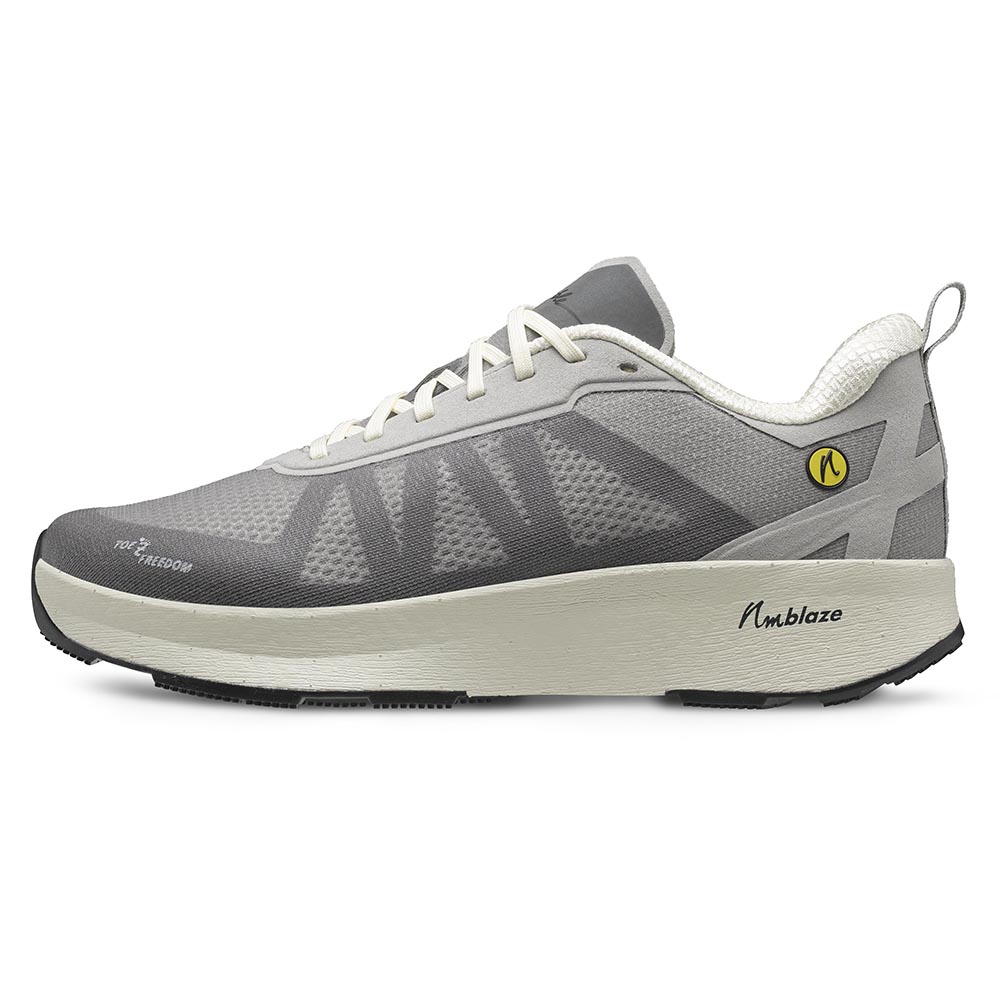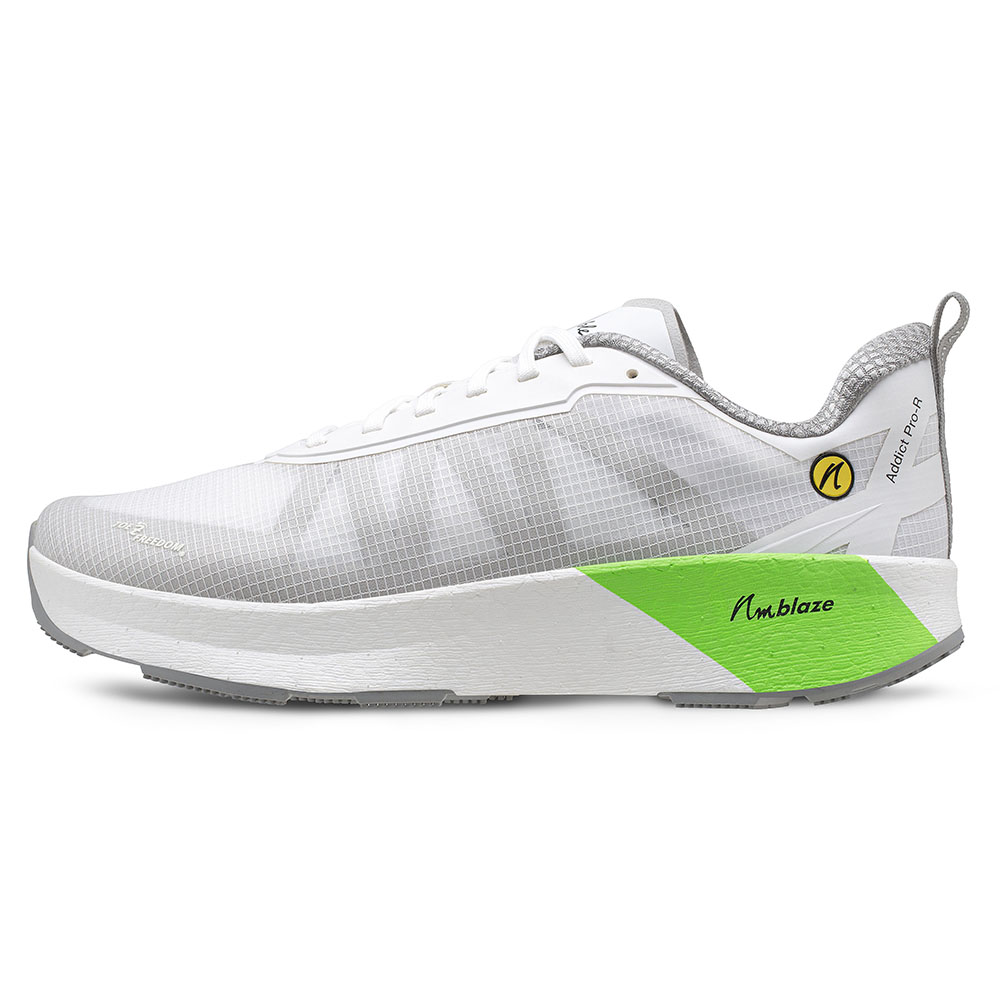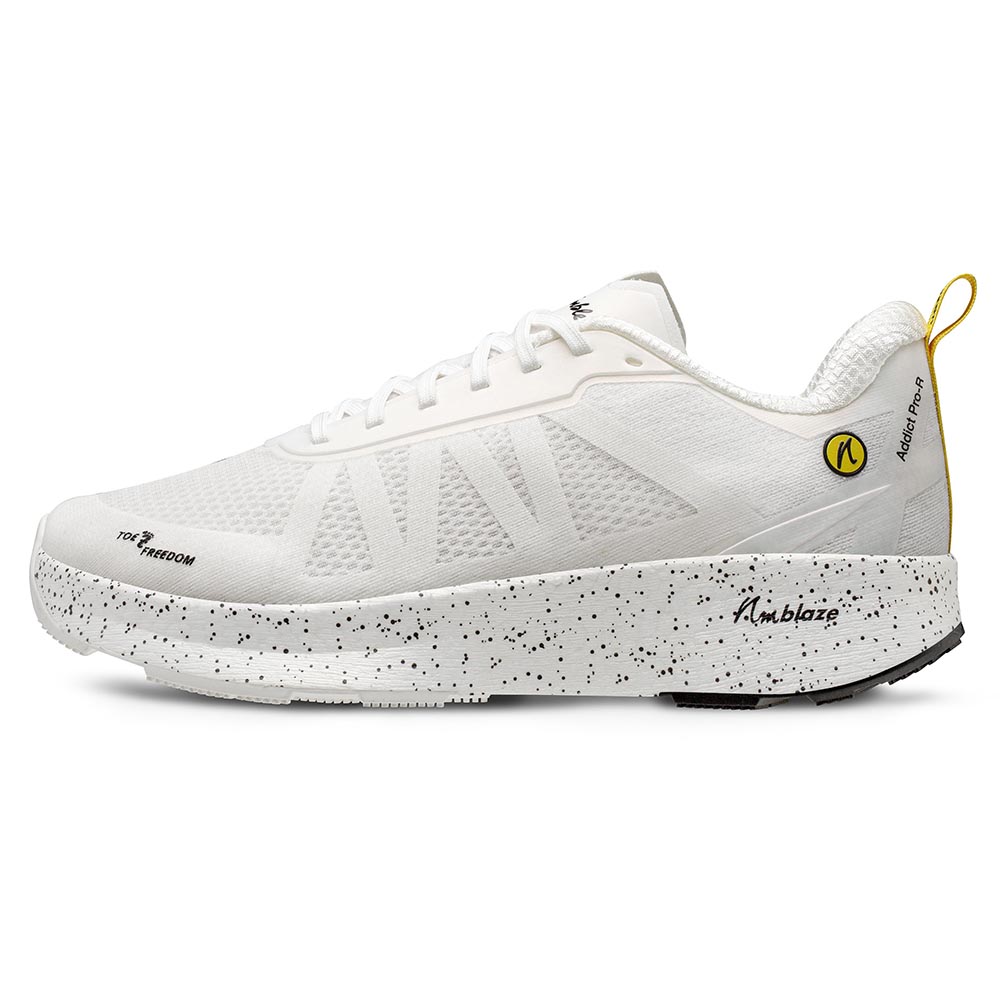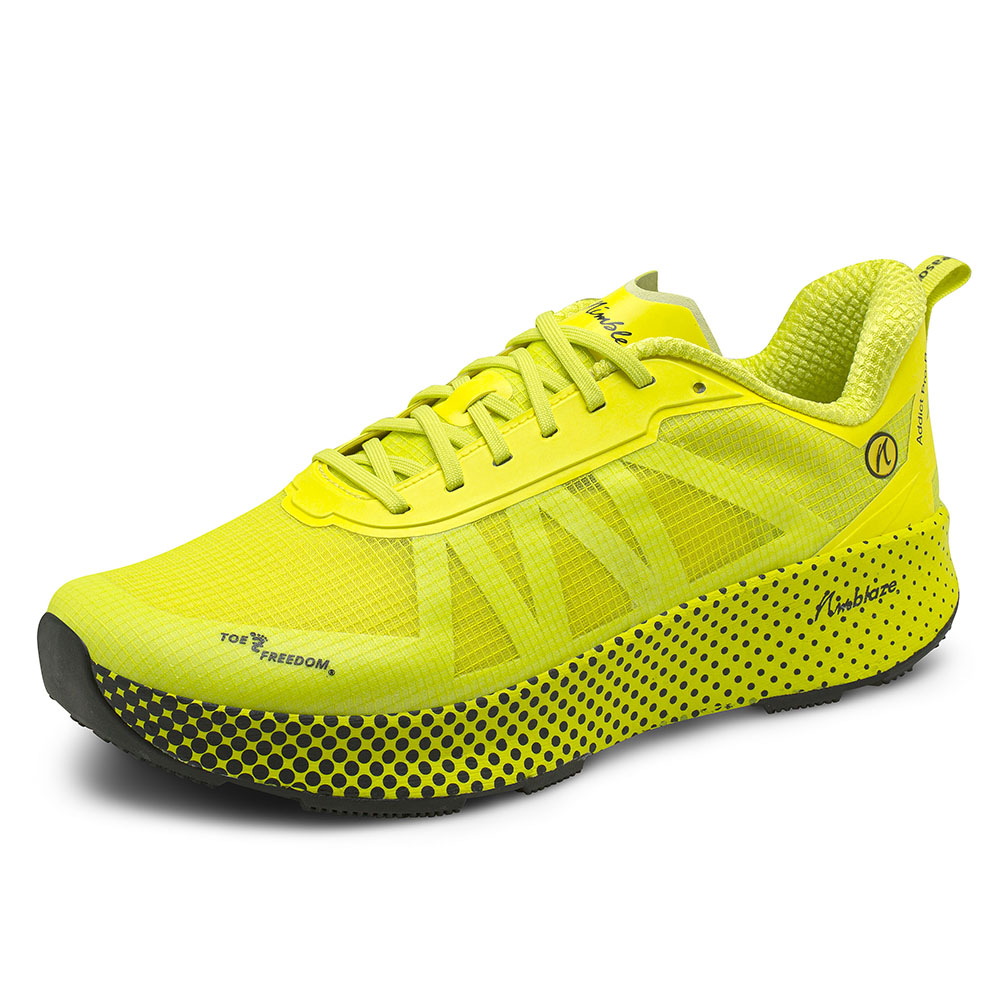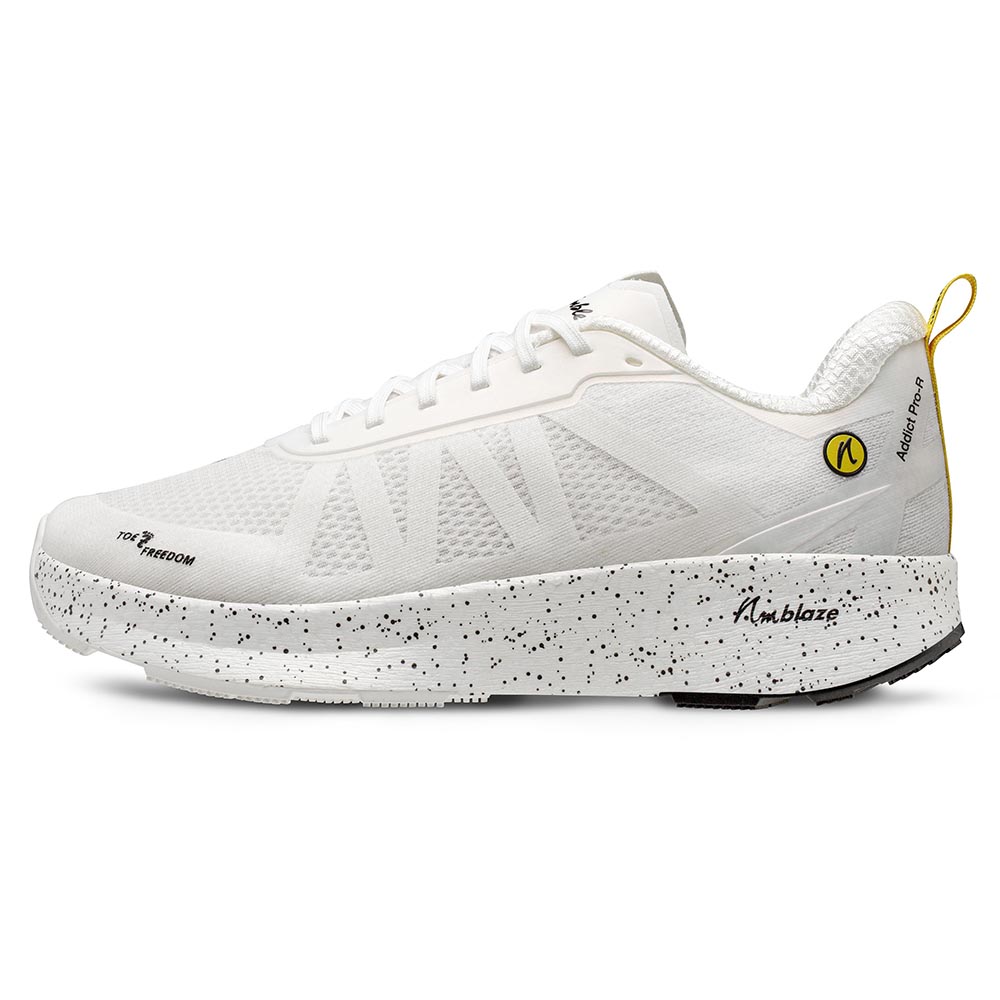We plead against carbon plates in running shoes
The Standing Commission on Vaccination (STIKO) weighs up the benefits and risks of vaccines. If it were to do the same for technical innovations in running shoes such as carbon plates, some models might not be on retailers' shelves..
The Tokyo Olympics that just ended weren't just a lineup of top athletes who did incredible things. It was also an incredible array of technique. After Karsten Warholm broke the 46-second sound barrier in his 400-meter hurdles race with a time of 45.94 seconds, pulverizing the previous world record by 76 hundredths, he said into the microphones of the assembled world press to the delight of his outfitter, Puma: "The shoe helps me have energy longer."

"The secret of the flood of records in Tokyo," was the headline in the German newspaper Welt. And the "Kölner Express" read: "Track and field world records thanks to miracle shoe?" The "energy" Warholm is talking about comes from a thin plate of carbon that runs through the entire midsole in a slightly curved shape. Back in 2017, Nike unveiled the "Vaporfly 4%," a new type of running shoe with a carbon plate that was supposed to make it possible to run the first marathon in less than two hours. Just two years later, 86 percent of the podium finishes at the six World Marathon Majors were captured by runners wearing a Nike Vaporfly with carbon plates in the midsole.
The law of leverage adapted to running shoes
In fact, the idea of Nike's chief developer Matt Nurse to install a carbon plate in a running shoe and thus help runners achieve new best times is based on pure physics. At its core, the idea is to waste as little mechanical energy as possible in the drive phase. Previously, one of the world's most respected biomechanics experts, Benno M. Nigg, together with other colleagues, had demonstrated in a study that considerably more energy is absorbed by the metatarsal bones during the propulsion phase than is produced. In contrast, other joints such as the ankle, knee or hip generate more energy than they consume.
Only 1 percent of runners need to run 4 percent faster
But almost more importantly, 99 percent of runners are not professional runners at all. They run in their free time to do something good for themselves and their bodies - and not to beat one personal best after another. But who's going to say no when the running shoe industry suggests: Use this Performance Enhancing Element - and get four percent faster. The fact that this technical doping also entails health risks, on the other hand, will not be heard from any marketing department.



